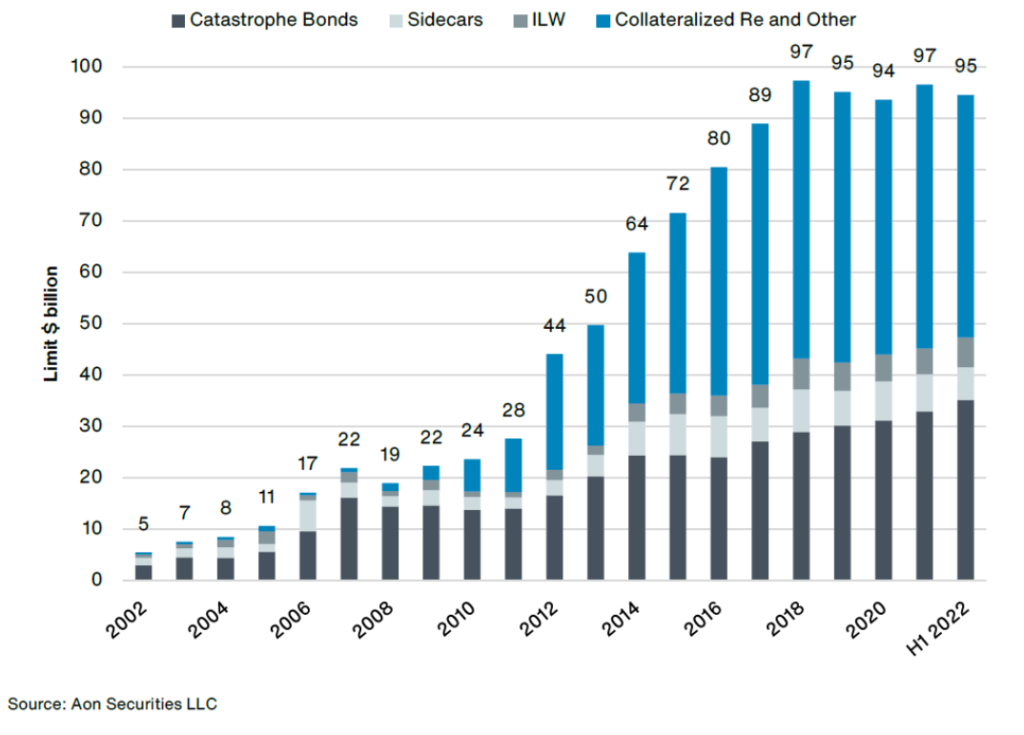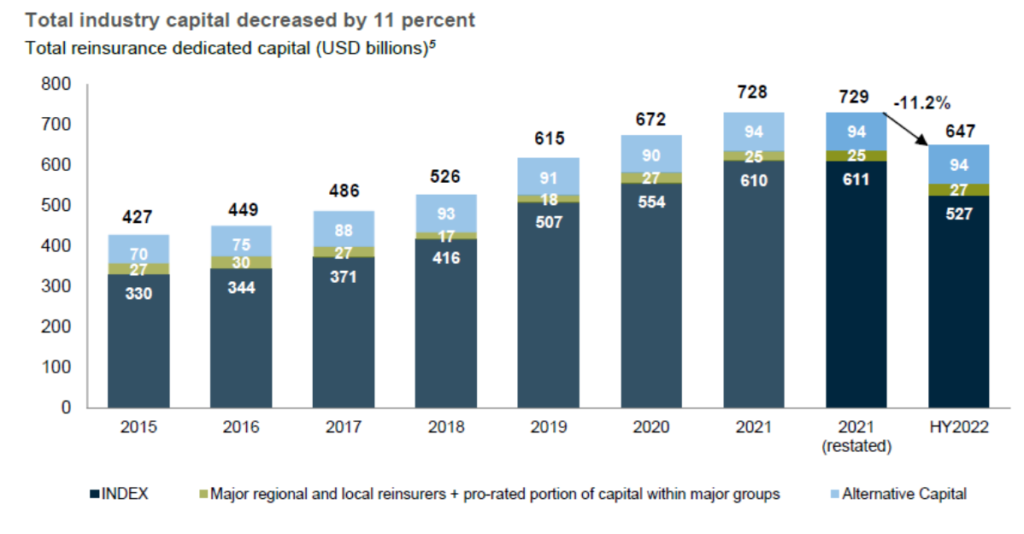Is the market suffering from a skills shortage?
A recurring topic at the moment is the perceived skills shortage in the insurance and reinsurance market and understanding that this is an emotive subject for some, it is important to note that making broad generalised assumptions means that the following will not be true in every case, there will always be exceptions and there are a lot of very talented people working in our industry, but maybe there are just not enough of them to go around.
There are several factors at play with the pandemic is often identified as the main culprit. However, my belief is this is an issue that has been developing for quite some time and has been exacerbated by the pandemic, some of the factors include:
Increased Competition
Corporate and regulatory shifts in the Broking and Company sectors are a major contributor to talent demand:
- Broker M & A has caused a shift of placing broking talent away from the Big 3 to smaller brokers, many launching new teams and product lines
- Growth of Insurtech and MGAs lures underwriting talent away from insurers and reinsurers through greater alignment to results and performance
- Emergence of the Cyber market that has seen unprecedented growth for a new business line attracting talent to meet a seismic shift in demand for expertise
- Growth of legacy market has been successful recruiting experienced claims, reinsurance, and actuarial staff
- Changing regulatory environment impacting, accounting, operational and compliance functions
Generally, the greater the number entities and increased number of front-line teams creates greater competition for the talent required to support them. Especially if you consider some of the key areas where there are skills shortages – analysts, actuaries, technical contract wording and outwards reinsurance technicians, there doesn’t seem to be too many people bemoaning a lack of underwriting or broking talent.
Graduate Trainee Schemes
The growth and success of graduate training schemes in the past 15 years has proven to be an excellent tool for identifying, attracting and recruiting talent into junior Underwriting and Broking roles. However, there is perhaps an unintended consequence of blocking the career paths for talent who may not have benefitted from a university education or graduate trainee scheme recruitment.
A key aspect necessary for talent retention is the creation of opportunity and progression hence it becomes difficult to retain talent in junior or technical roles when there are limited prospects to the more attractive transactional positions.
Another factor affecting the skills gap might be that successful graduates entering into Broking and Underwriting roles are missing out on vital technical experience gained from starting at the bottom that would ultimately benefit and augment their business skills and acumen.
Decline in “on-the-job” mentoring
The transfer of knowledge and benefit of experience between colleagues can happen on both a formal and informal basis and is an essential part of professional development that often occurs naturally by working alongside one another. The pandemic accelerated changes in working practices where we can now work in a more flexible, tech enabled way. Although, I suspect that often, Zoom or Teams was generally seen as a meeting or task replacement tool rather than an opportunity to focus and collaborate on a one-to-one basis.
The opportunity to learn on-the-job while sitting alongside peers has diminished, losing some of the mentoring opportunities that are gained by being physically together as a team, now that we have returned to a new normal, where the market adapts to a flexible approach to working the challenge is to coordinate efforts to ensure that the mentoring aspect of career development returns – we cannot simply rely on professional qualifications study to develop staff.
The Big Resignation
The big resignation, a direct consequence of the pandemic, where people re-evaluated their work-life balance and decided to leave the market opting to take retirement or new alternative challenges closer to home.
“A study by McKinsey found that 65% of those who resigned from a job in insurance or finance between April 2020 and April 2022 left the industry entirely. And the departures from insurance come as the industry is starting to experience a long-anticipated sort of Great Retirement, as an awful lot of talent is aging out of the work force.” (InsuranceThoughtLeadership.com, 2022)
The impact is the creation of a talent vacuum where talent is leaving the industry and is not being replaced. The McKinsey report warns that:
“there simply aren’t enough traditional employees to fill all the openings. Even when employers successfully woo these workers from rivals, they are just reshuffling talent and contributing to wage escalation while failing to solve the underlying structural imbalance. To close the gap, employers should try to win back non-traditional workers.”
An example - Contract Wording Specialists
One of my areas of experise and a good example of the cause and effect of the staffing crisis is the current shortage of contract wording specialists.
In February 2017 Lloyd’s held a Wordings Conference, “Better Wordings Matter” which highlighted some worrying trends:
- Managing Agents had lost their focus on Contract Certainty
- 33% of risks are not reviewed pre-bind by the leader and 66% by a following market
- More than half of managing agents in a follow position do not carry pre-bind checks
- More than 60% of managing agents employ less than five wordings experts
In a Lloyd’s poll at that time, the Talent Gap was highlighted as the most important challenge for wordings. (Lloyd’s, 2017)
While Lloyd’s will have been busy since 2017 strengthening the underwriting controls and reporting around the pre-bind review of contract wordings, it is unlikely that there will have been significant improvement in the talent gap given that the staffing issues will have been subsequently impacted by the pandemic and all the causes highlighted above.
In recent weeks I have seen a Recruitment Agency form a specific recruitment desk dedicated to wordings specialists advertising several vacancies with some very high salaries, an approach that I have never seen previously for this type of role. Contract wordings specialists have long been an under-valued component of the market, it is a mundane but important role that requires diligence, attention to detail, deep technical understanding of insurance coverages, financial operations and knowledge of the legal structures surrounding the industry. A good contract wording specialist is usually capable of far more than the role they are employed in and as I have found during my career, it is very difficult to develop a career path beyond this specialism.
Going back to the startling statistics revealed by Lloyd’s in 2017, a third of contracts being underwritten not being reviewed equates to £bn’s of coverage being bound without making the proper checks. Little wonder then that the estimated leakage in disputes, legal costs and claims is estimated at £500m annually. One of the contributing factors could be a more fundamental problem as the fact that there remain dedicated contract wordings roles harks back to before the 2007 contract certainty reforms, a time then there was separation from the underwriting process and contractual agreement as the contracts would often follow months or years after the binding of a risk.
By accelerating the contractual agreement to pre-bind, the role has effectively changed and became a direct part of the underwriting process. It is a positive development and ultimately an underwriting responsibility to check the contract in full before binding. Increased use of technology, document comparison and checking tools aid and help to streamline the process but they will never be able to replace the understanding of coverages and the nuance of contractual language, especially in bespoke contract wordings. Therefore, rather than bemoan a talent shortage, it is as much a failure of the market since 2007 to adapt and develop the required skillsets within underwriting teams as it is to attract new talent to a dedicated specialist role.
How can the market improve?
Unfortunately, there is no silver bullet to success, and it takes time, a lot of time. The market could do significantly better to adapt to a changing working environment by adopting some of the following approaches:
- Invest in Apprenticeships – to run alongside Graduate Training Schemes, providing greater opportunities for recruits who choose not to follow a path into university education
- Defined career pathways – provide demonstrated and attractive career pathways for technical staff outside of broking and underwriting roles
- Work harder at staff retention and leakage – for example, a lack of flexibility in working approaches has historically contributed to the loss of a huge talent pool where many women have faced time, commuting and childcare barriers preventing their return to the office after taking time away to start a family, while others have to make huge personal sacrifices in order to do so.
- Collaborative approach – use technology proactively to help team mentoring and improve on-the-job training and skills development
- Develop future skills – help junior staff to develop the skills required tomorrow, in addition to those required today. As we adapt to become a more data led market, algorithmic underwriting, augmented underwriting, machine learning and technology led strategies are here to stay
Allemond Ltd
Allemond Ltd is an independent Reinsurance Consultant offering a range of specialist reinsurance services and expertise, providing support to start-ups, MGAs, Insurtechs, Brokers, ILS Funds and Reinsurers.
Follow Allemond on Linkedin to find out more learn more about our offering and progress. Allemond Ltd: Overview | LinkedIn







